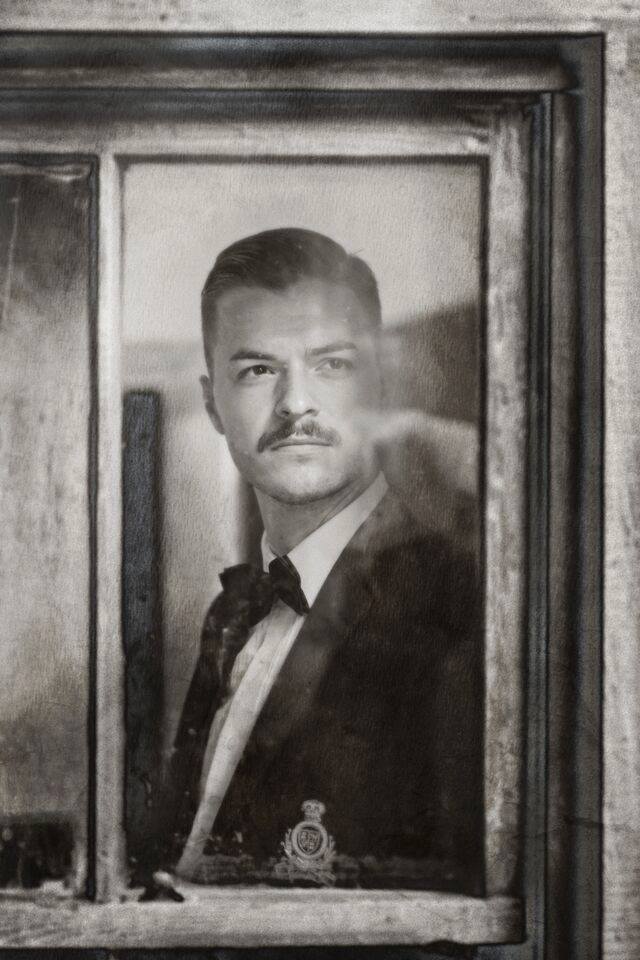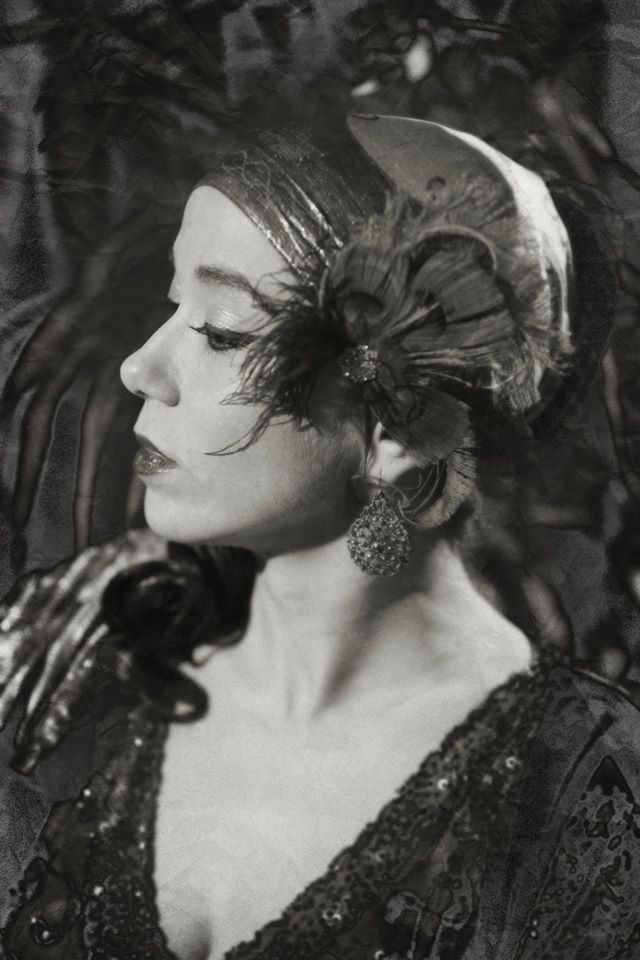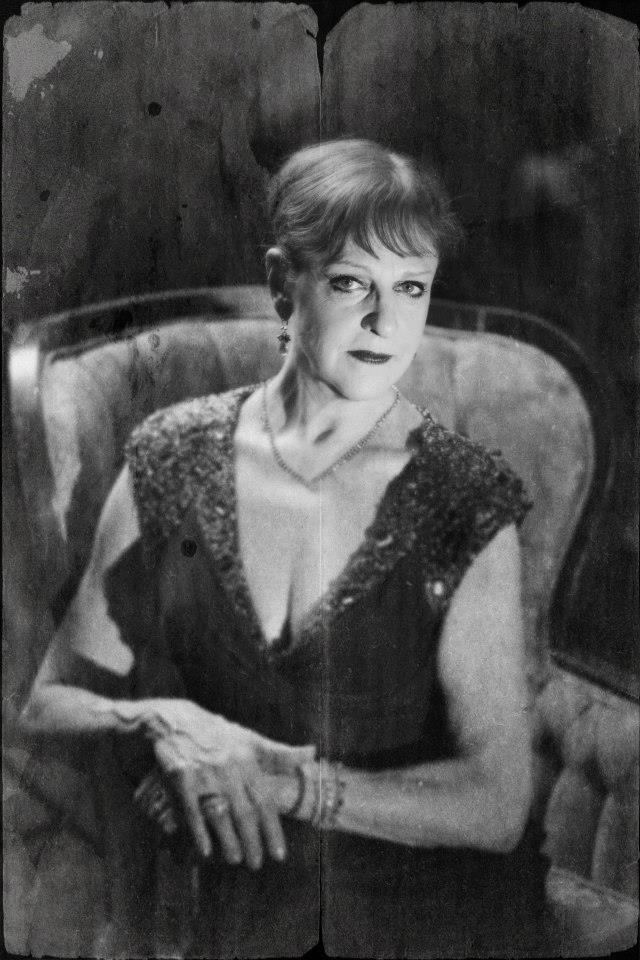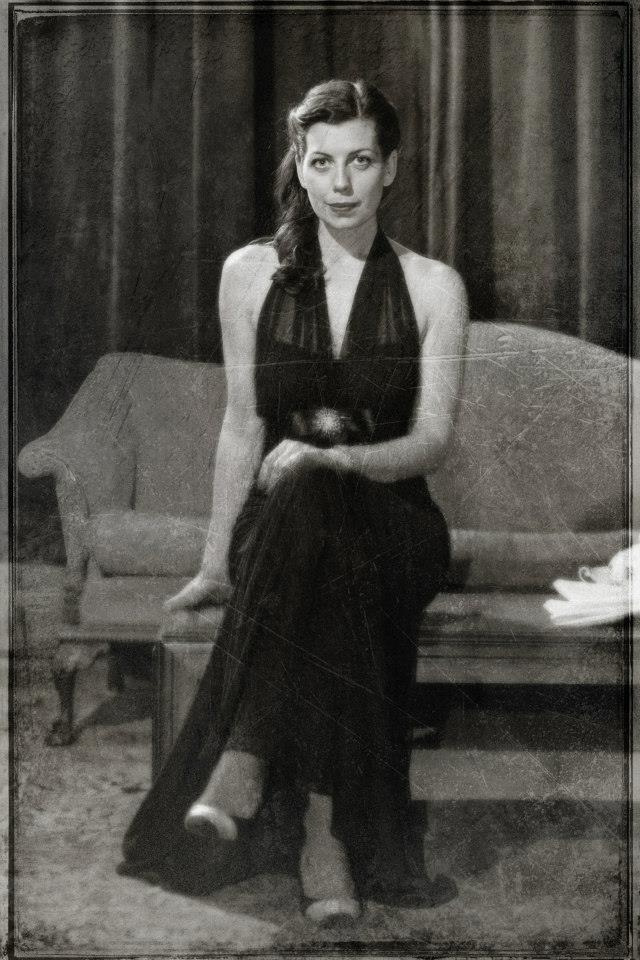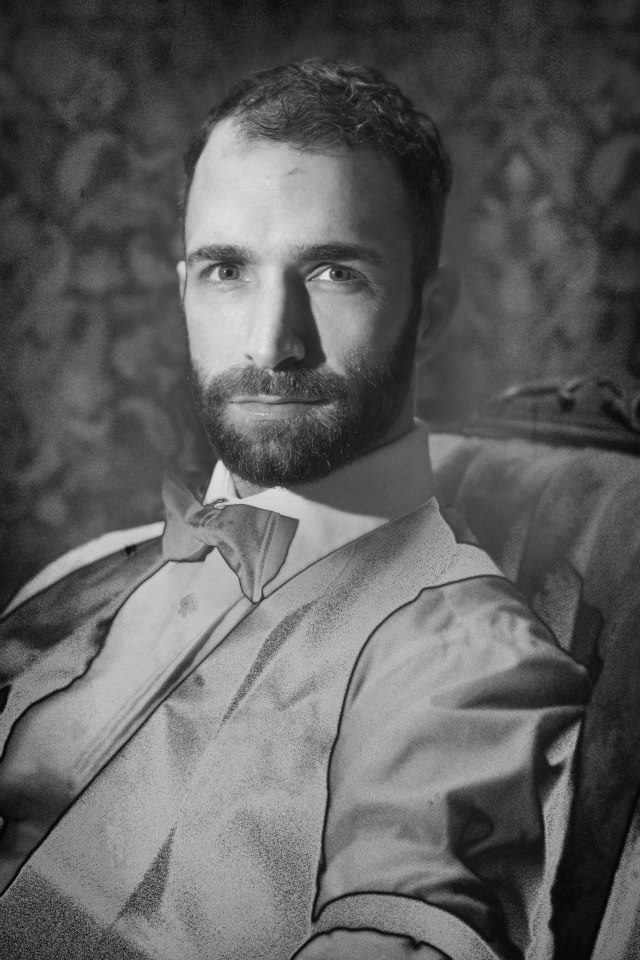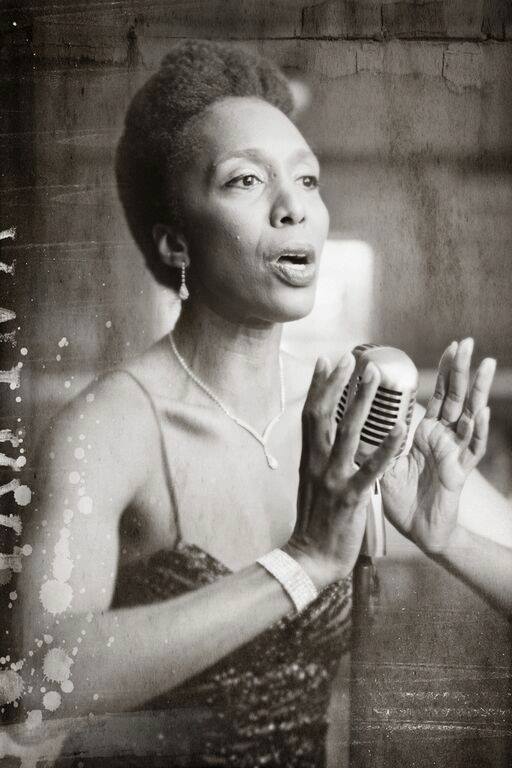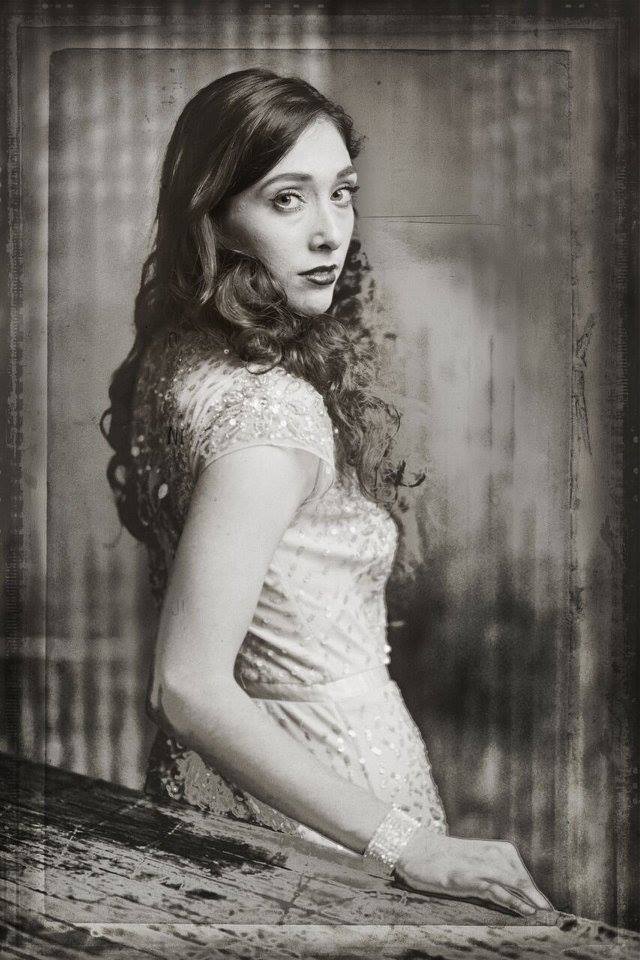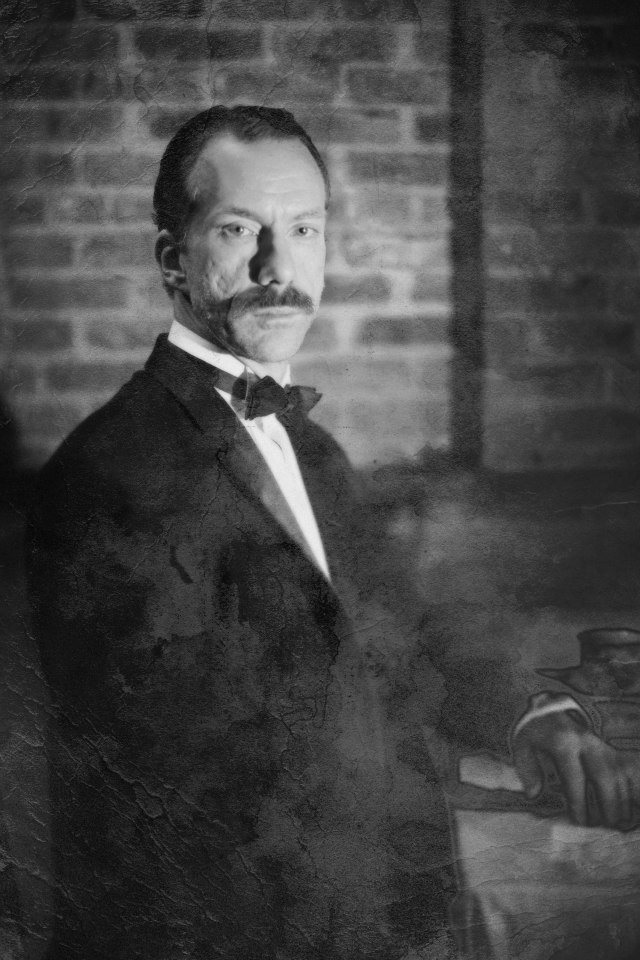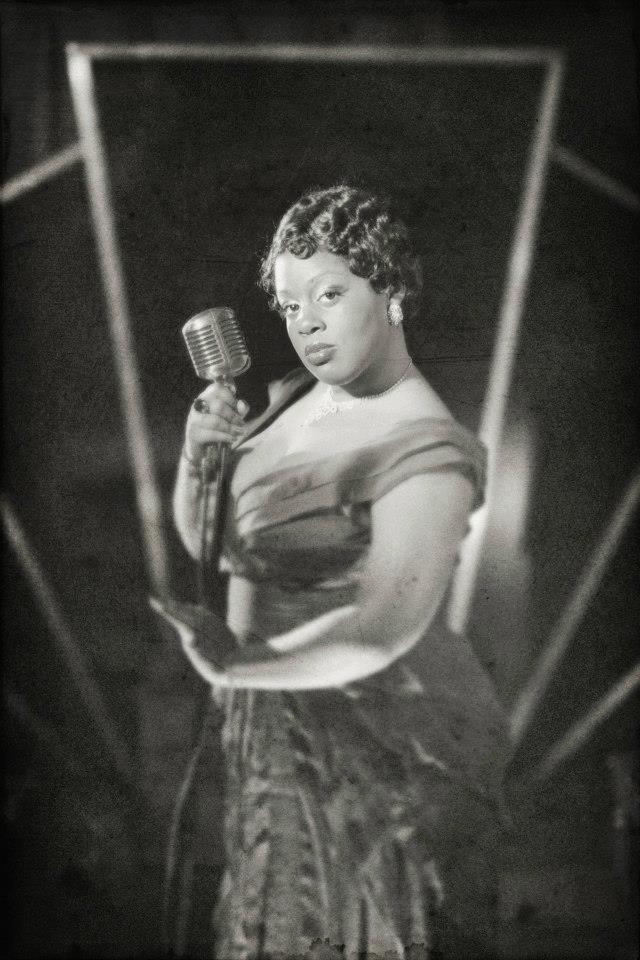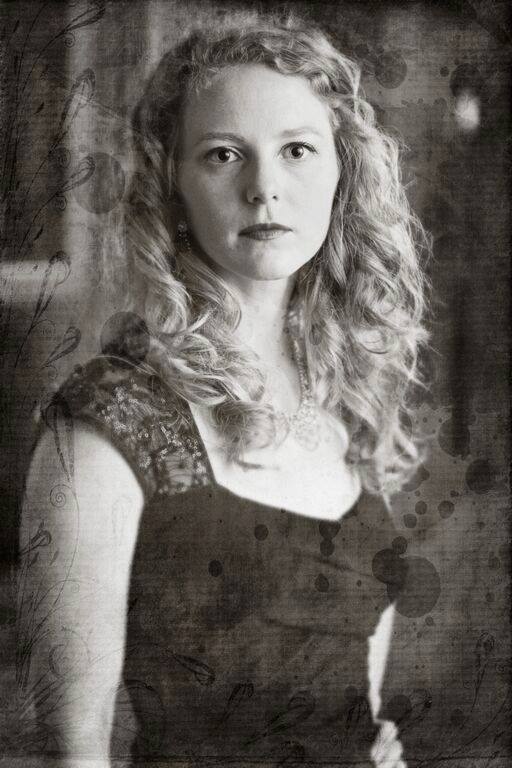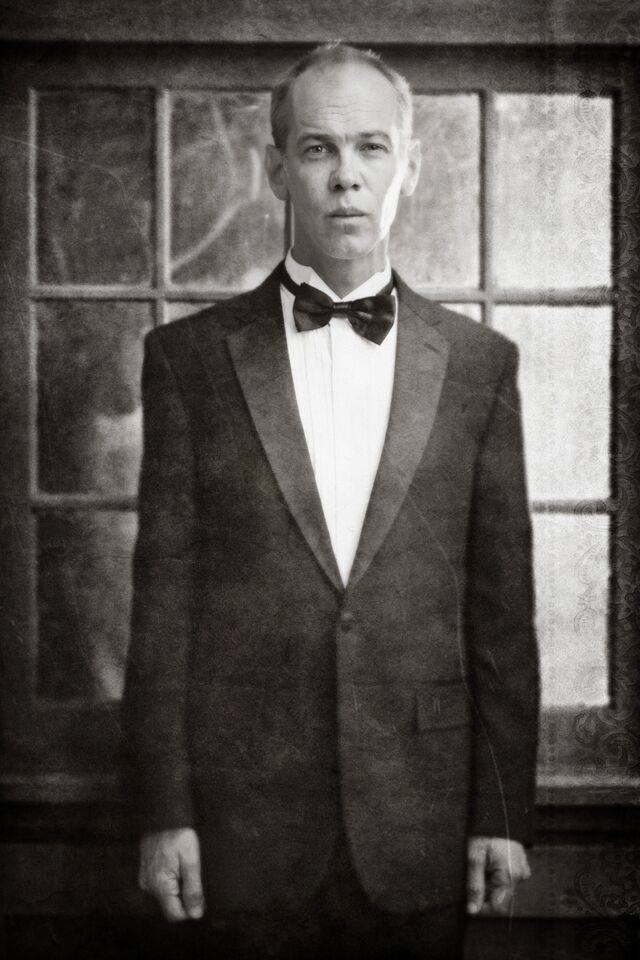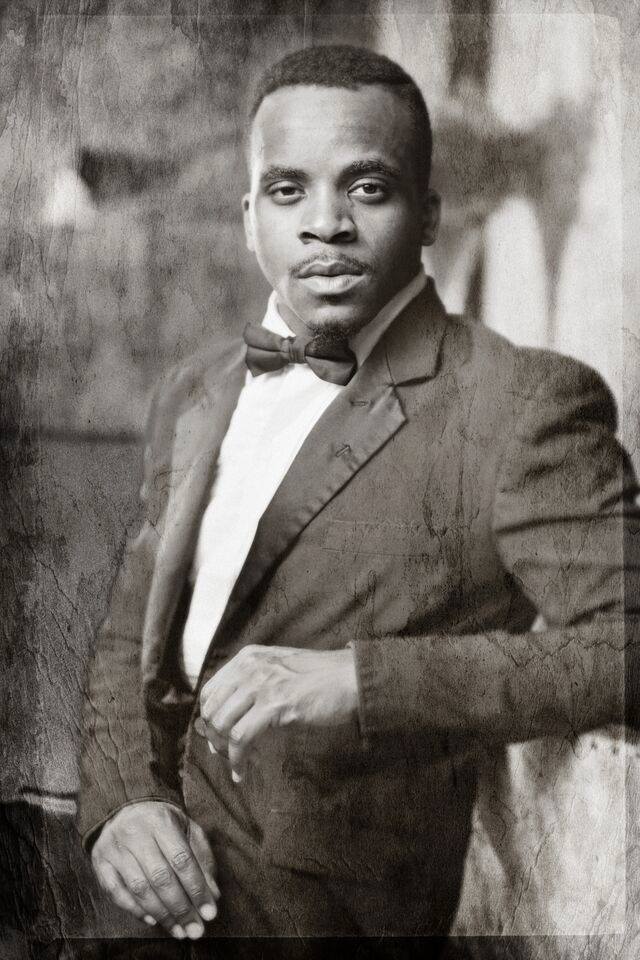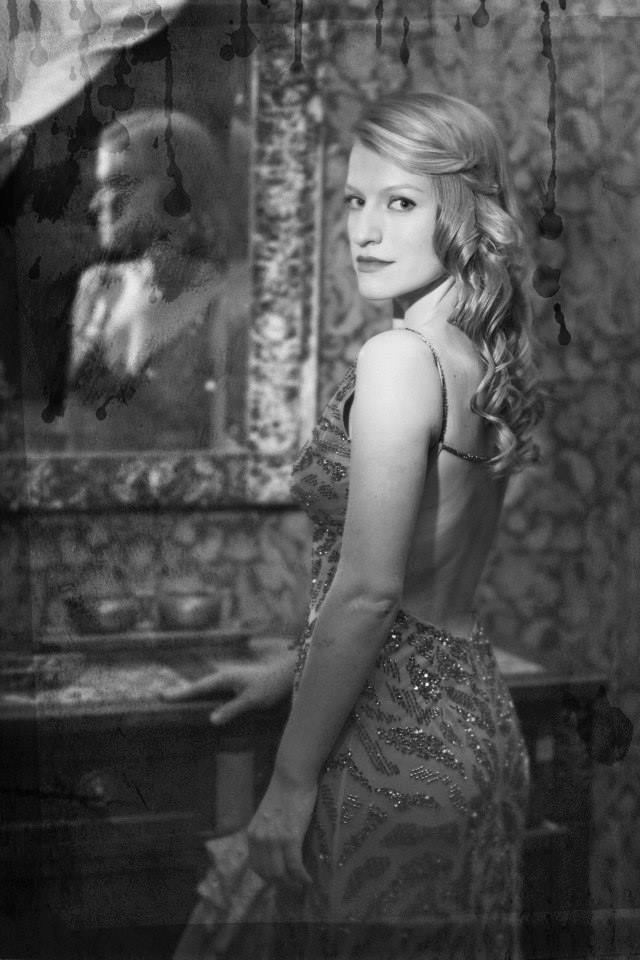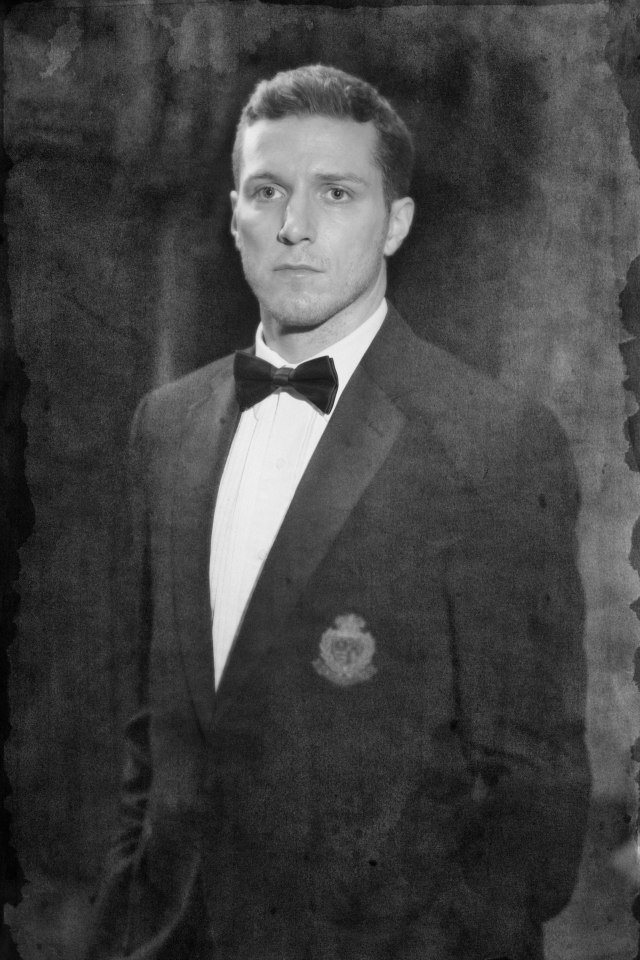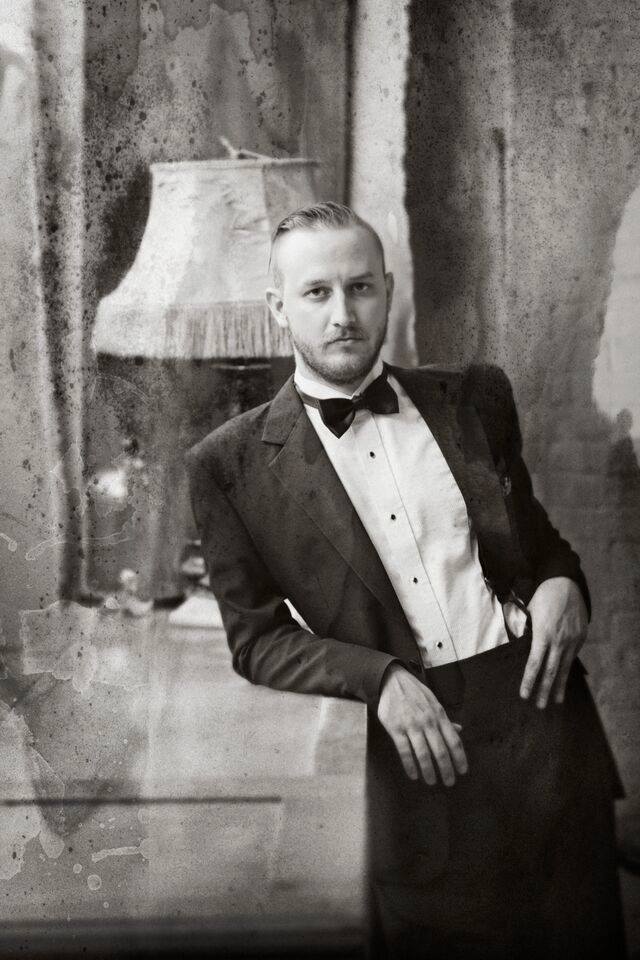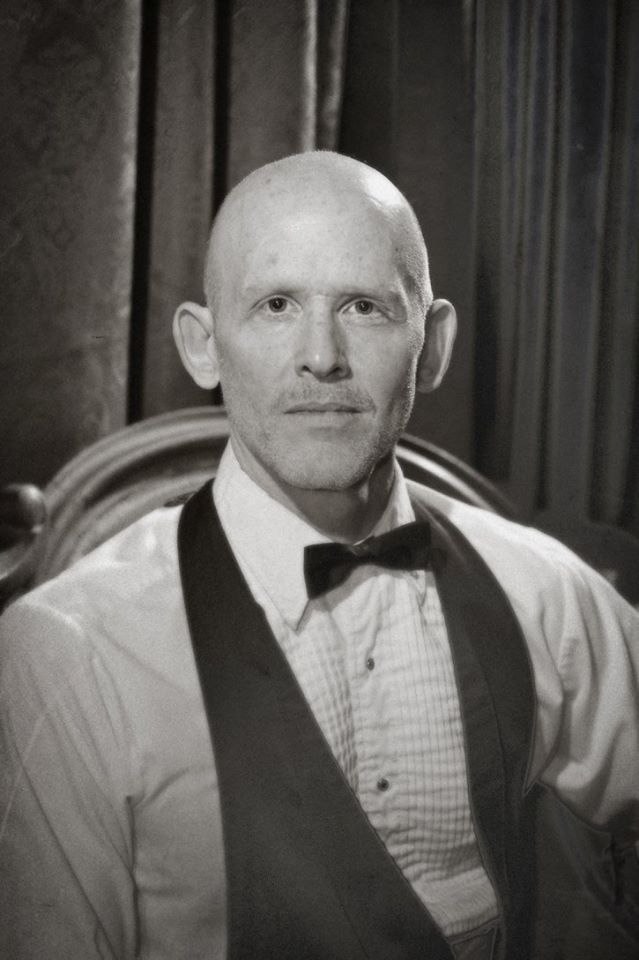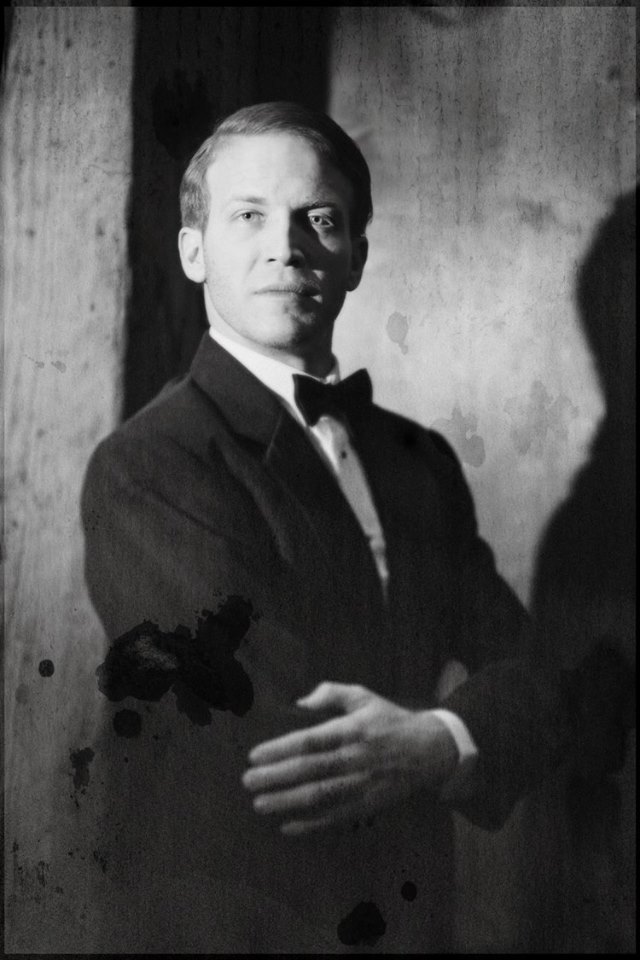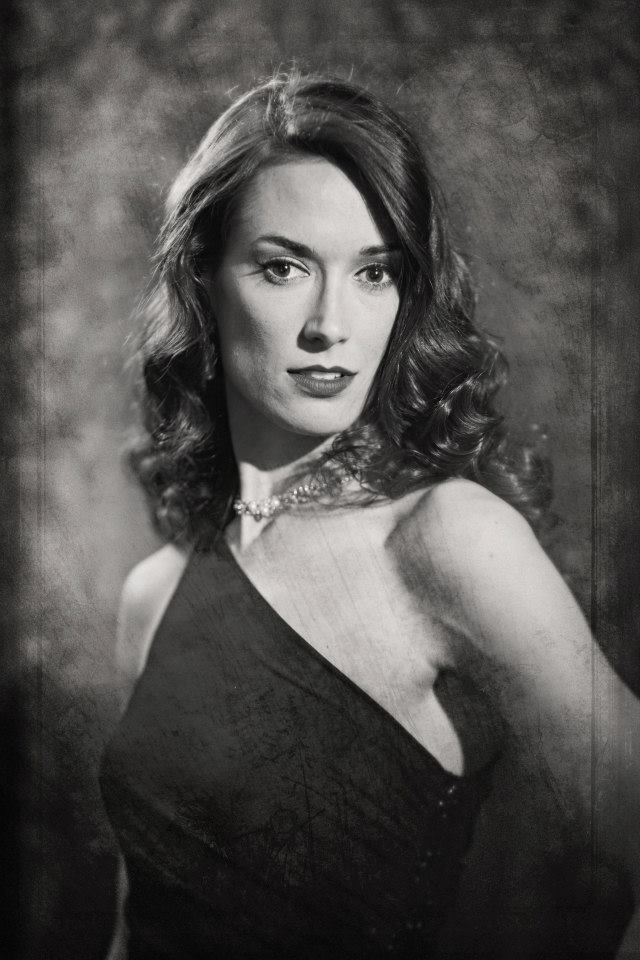English Version
Un viaggio tra i grattaceli e i paesaggi mozzafiato della Grande Mela. New York, la città che non dorme mai, pronta a sorprendere i suoi visitatori, non solo per le sue architetture dirompenti, ma anche per l’offerta “spettacolare” all’avanguardia.
Il viaggio nelle atmosfere newyorkesi, raccontato da Marika che ci porta al magico McKittrick Hotel a Chelsea, per un Macbeth tutto da vivere. La traduzione è ad opera di Loredana Puca.
Tra le molte esperienze che un viaggio a New York può offrire questa è certamente una di quelle che, nella memoria, non potrà mai e poi mai essere paragonata nemmeno lontanamente a qualcos’altro.

Un panorama, un museo, un ristorante, uno spettacolo teatrale, un concerto, una passeggiata, si confrontano immancabilmente con quello che abbiamo sperimentato in precedenza, lo spettacolo Sleep No More non ha piattaforme in comune con alcuna altra esperienza vissuta.
Si sviluppa a partire dal conosciuto Macbeth di Shakespeare e propone un’ambientazione originale nella splendida cornice di una scenografia familiare ai più, muovendo i passi in fumose e un po’ cupe ambientazioni anni ’20 che ricordano certi vecchi film muti: gli interni sono quelli dello splendido McKittrick Hotel a Chelsea, ristrutturato per l’occasione dopo una storia particolare che non lo vide mai effettivamente aperto al pubblico nonostante fosse considerato negli anni ’30 il più elegante hotel di lusso del suo tempo.
Sleep No More è il primo spettacolo prodotto dalla compagnia Emursive – formata dall’incontro di Jonathan Hochwald, Randy Weiner e Arthur Karpati, due produttori e un impresario immobiliare – su concept della compagnia teatrale Punchdrunk, fondata da Felix Barrett e con sede a Londra, specializzata in spettacoli teatrali immersivi che si svolgono in luoghi altamente scenografici.
La lista delle cose che distinguono questo spettacolo dal resto della proposta teatrale classica è lunga e articolata, ma è innegabile che gran parte del suo successo sia dovuta alla fortissima componente emozionale, geniale forma internazionale di comunicazione, che il pubblico sperimenta durante la performance.
Un sottile lavoro degli autori, certamente supportati dalla preziosa consulenza di uno psicologo, ha reso unica e perfetta questa rappresentazione di teatro immersivo, rifiutando completamente gli schemi teatrali classici che prevedono una barriera tra pubblico e scena e portando all’estremo la percezione dell’appartenenza cui si ricorre in altri tipi di spettacoli, coordinando con precisione le performances degli innumerevoli interpreti senza mai perdere di vista una certa riconoscibilità degli eventi principali della trama del Macbeth.
Il viaggio individuale
Allo spettatore viene offerto un viaggio individuale all’interno di un’ambientazione fruibile in ogni sua parte, popolata da altri spettatori sconosciuti che indossano tutti identiche maschere bianche in stile veneziano: si può scegliere liberamente e in ogni momento in quale ambiente entrare, quali oggetti spostare, come muoversi, sperimentando a poco a poco l’eccitazione dell’esplorare e manipolare ciò che altrove si può solo guardare.
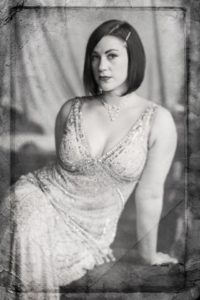
Il viaggio individuale nella scena del Macbeth si trasforma presto in una viaggio in sé stessi: man mano che il tempo passa (l’esperienza dura quanto la si vuole far durare) e si prende confidenza con l’ambiente e le sue dinamiche, ci si sente sempre più liberi; l’iniziale timore verso l’ignoto e l’iniziale schema di regole cui ci si riporta nella quotidianità lasciano presto il passo ad una sempre più forte presa di possesso della scena e dei suoi arredi, fino quasi a identificarsi nelle movenze degli attori, cominciando quasi a fondere la propria identità con la loro.
Indossando la maschera si perde ogni inibizione e ci si ritrova in mezzo a tante persone senza sentirsi osservati mentre in un crescendo di emozioni si crea la propria personale connessione con gli oggetti, gli eventi, i personaggi.
La strategica penombra degli ambienti e la straordinaria orchestrazione del tutto rafforzano all’estremo ogni sensazione. Ci si sente davvero parte di quel che sta accadendo. Ti batte il cuore, vorresti prendere la loro mano e consolarli, o salvarli, o semplicemente aiutarli ad accomodarsi sul divano, e ci si spoglia completamente del mondo esterno.
Come in un film muto
Come in un film muto di inizio secolo, la dettagliata scenografia e il disegno luci plasmano lo spazio ed, enfatizzano il dramma dei movimenti e la suspence della storia, riempiendo i vuoti scenici nei movimenti del pubblico da un ambiente a un altro, alla ricerca di una scena che sta accadendo. Viene modulata, addirittura, la temperatura negli spazi aperti come la sala del bosco notturno o il cimitero. I versi dell’opera di Shakespeare possono essere “letti” nei dettagli che popolano gli ambienti, da occhi attenti che ben conoscono la versione originale del Macbeth.
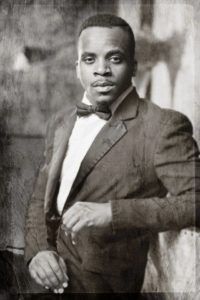
Tutto configura uno spettacolo dai contorni evanescenti come in un sogno, in cui le figure appaiono dal buio, alle tua spalle, illuminano l’oscurità di certi angoli, ti passano vicine e ne segui i movimenti, i fruscii, i rumori, le guardi interagire, danzare, fuggire, e poi svaniscono inseguite dal pubblico che si disperde in sciami per mantenere il filo della storia. Della storia che loro hanno scelto di seguire.
Tutti gli interpreti sono estremamente talentuosi: senza pronunciare alcuna parola rimandano all’espressività di viso e corpo l’intensità del personaggio, mantenendo sempre il perfetto controllo della dinamica della scena, manipolando la massa del pubblico con una grazia e una bravura mai viste prima d’ora e sviluppando la loro presenza scenica quasi indipendentemente dalla trama.
Vorremmo sottolineare l’estrema gentilezza con cui ci hanno accolto, in una serata sold out, per permetterci di prendere parte a questa meraviglia di fama internazionale, sorprendendoci con la loro garbata disponibilità.
Non si può migliorare la perfezione.
L’unica evoluzione possibile, forse, è aspettare che la produzione studi il modo per offrire questa esperienza unica anche alle persone con difficoltà di movimento.
Ma siamo quasi certi che ci sia già in cantiere qualcosa.
English Version
Among the many experiences that a trip to New York has to offer this is certainly one of those that, on your memory, will never, ever even remotely be compared to something else.
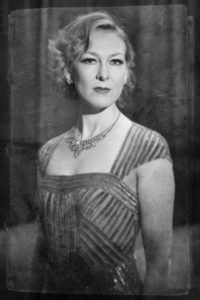
While a panorama, a museum, a restaurant, a play, a concert, a walk, invariably compare themselves with what we have experienced before, the show Sleep No More does not share platforms with other experiences you lived.
Is develops from the known Shakespeare’s Macbeth and the performance is set in the beautiful setting of a familiar scene to many of us, moving its steps in smoky and a bit gloomy 20s environments reminiscent of some old silent movies: the interiors are those of the impressive McKittrick Hotel in Chelsea, restored for the occasion after its particular history, that never witnessed it actually open to the public even though it was considered, in the 30s, the most elegant luxury hotel of its time.
Sleep No More is the first show produced by the Emursive Company – formed by Jonathan Hochwald, Randy Weiner and Arthur Karpati, two producers and a real estate manager -on a concept by Punchdrunk, founded by Felix Barrett and headquartered in London, specialized in immersive theater performances taking place in highly spectacular places.
A long and complex list of things distinguish this show from the rest of the classic theatrical proposal but it is undeniable that most of its success is due to the strong emotional component, used as a brilliant international form of communication, that the audience experiences during the performance: a subtle work by the authors, certainly supported by the valuable advice of a psychologist, has made this representation of immersive theater unique and perfect, completely rejecting all the classical theatrical schemes which provide a barrier between audience and stage, and bringing to the extreme the perception of belonging to the scene features of other types of shows, accurately coordinating the performances of countless performers without ever losing the feeling of being immersed in the main events of the Macbeth plot.
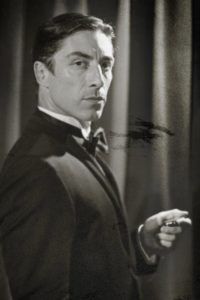
The viewer lives an individual journey into a whole accessible scenography, populated by other unknown spectators who all wear identical white masks in Venetian style: you can freely choose which room enter, which objects move, how to move, gradually experimenting the excitement of exploring and manipulating what, elsewhere, you can just watch.
The individual journey
The individual journey in the Macbeth scene soon turns into a journey in yourself: as the time passes by (the experience lasts as long as you want) and you become more familiar with the environment and its dynamics, you get more and more free; the initial fear of the unknown and the initial roles that we are used to follow in our everyday life soon leave the place to an increasingly strong possession of the scene and its furniture, almost leading to identify yourself in the actors’ movements, almost beginning to merge their identity with yours.
Wearing the mask you lose all inhibitions and find yourself in the middle of many people without feeling observed, while in a crescendo of emotions you create your own personal connection with objects, events, characters. The strategic twilight of the place and the unique orchestration of all strengthen to the extreme every sensation: at some point you really feel part of the drama that is happening so close to you, your heart starts beating fast, you would take their hands and give them peace, or save them, or simply help them to sit on the couch, and leave the entire world outside.
The Silent Movie
As in a last century silent movie the detailed set and lighting design are shaping the space and aid to emphasize the movements drama and the suspense of the story, accompanying the audience movements while filling the empty stage from a room to another, in order to look for a scene that is taking place, even modulating the temperature for open spaces such as the dark forest hall or the cemetery, as a lot of Shakespeare‘s lines can be “read” in details from watchful eyes who well know the original version of Macbeth.
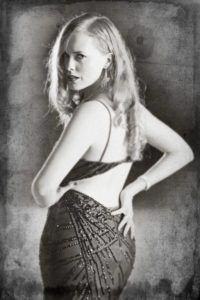
Everything looks like a show with evanescent contours as in a dream, in which figures appear from the darkness, to your shoulders, they light up the darkness of certain angles, they walk nearby and they “cross” you and you follow their movements, their rustles, their noise, you watch them to play , dance, run, and then fading away chased by the audience that is dispersed in swarms to keep the thread of the story. The story they have chosen to follow.
All the performers are extremely talented: not pronouncing any words they focus onto expressiveness of face and body to transmit their character intensity, always keeping in control of the dynamics of the scene, manipulating the the audience with a perfect grace and skill and developing their stage presence almost independently from the plot.
We would like to highlight the extreme kindness with which they welcomed us, in a sold-out night, to allow us to take part in this amazing performance of international repute, surprising us with their graceful availability.
You can not improve on perfection.
The only possible evolution, perhaps, is waiting for the production to realize the way to offer this unique experience to people with difficulties in movements. But we are almost certain that there is something already in progress.

